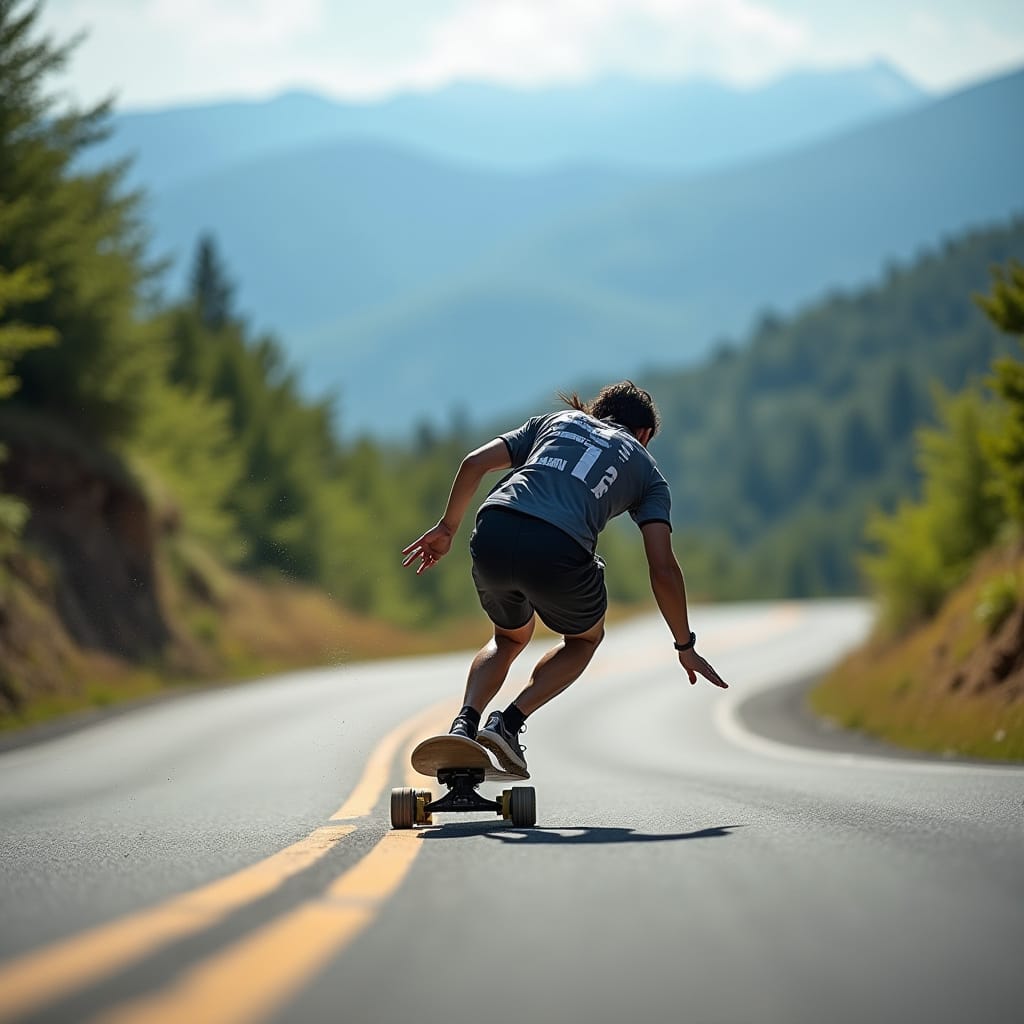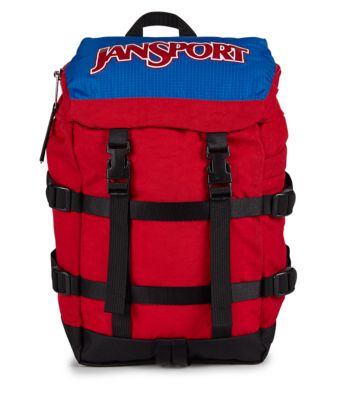
Exploring Longboarding: A Sport of Freedom and Skill
Longboarding is a unique and exhilarating sport that has captivated enthusiasts across the globe. Originating from the surfing culture of the 1950s, it has grown into a vibrant activity enjoyed by people of all ages. Unlike traditional skateboarding, longboarding features longer boards and is often associated with cruising, downhill racing, and freestyle tricks. Its cultural significance and widespread popularity make it much more than just a hobby—it is a lifestyle for many. This article delves into the history, global reach, amateur involvement, professional leagues, social and political impact, and rules that define longboarding.
The Origins and History
Longboarding has its roots in surfing. In the 1950s, surfers in Hawaii sought a way to replicate the sensation of riding waves on land. Using wooden planks fitted with roller skate wheels, they created what is now known as the longboard. These makeshift boards allowed surfers to practice their skills during flat-wave days, and over time, longboarding began evolving as a distinct sport.
By the 1970s, longboarding gained traction among skateboarders who wanted a smoother ride. Advancements in materials, such as polyurethane wheels, improved the boards’ performance. This period also marked the rise of downhill racing, a high-speed discipline that showcased the sport’s potential for adrenaline-pumping excitement.
The 1990s saw a resurgence in longboarding’s popularity. Companies began manufacturing specialized boards with varying shapes, sizes, and features. Innovations like reverse kingpin trucks and durable deck materials further enhanced the sport. Today, longboarding thrives as a versatile activity, encompassing cruising, freeriding, dancing, and competitive racing.
Global Popularity
Longboarding has transcended its humble beginnings to become a global phenomenon. In the United States, it is particularly popular along the West Coast, where expansive roads and scenic landscapes offer ideal conditions. Cities like San Diego and Los Angeles host vibrant longboarding communities and events.
In Europe, countries such as Spain, France, and Germany have embraced the sport. Barcelona’s smooth streets and coastal promenades attract longboarders from around the world. Similarly, the Alps serve as a hub for downhill racing, drawing professional and amateur riders alike.
Asia has also witnessed significant growth in longboarding. Countries like Japan and South Korea have thriving scenes, with riders integrating the sport into urban culture. In South America, Brazil stands out as a hotspot, with its dynamic longboarding community and picturesque downhill routes. Australia and New Zealand, known for their outdoor lifestyles, have also seen a surge in participation, further highlighting the sport’s global appeal.
Amateur Longboarding: Youth and Schools
Amateur longboarding forms the backbone of the sport, introducing new generations to its joys. Many young riders begin by using longboards as a mode of transportation. This practical use often leads to deeper engagement with the sport, including learning tricks and participating in local events.
Schools and community programs play a crucial role in promoting longboarding. In some regions, workshops and clinics are organized to teach children the basics. These initiatives emphasize safety and skill development, ensuring that young riders gain confidence and competence. Community skateparks also serve as gathering spots where amateur longboarders can practice and connect with others.
Universities often have longboarding clubs that bring students together. These clubs organize group rides, competitions, and social events, fostering a sense of camaraderie among members. By providing accessible entry points, amateur longboarding continues to grow, making the sport more inclusive.
Professional Longboarding Leagues
Professional longboarding has evolved into a structured and competitive arena. Several leagues and organizations around the world oversee events and rankings. The International Downhill Federation (IDF) is one of the most prominent bodies, organizing downhill races that attract elite riders.
The World Skate Federation also includes longboarding under its umbrella, promoting freestyle and downhill disciplines. Regional organizations, such as the Asian Downhill Federation and the European Longboard Association, host competitions that showcase local talent. Events like the Maryhill Festival of Speed in the U.S. and the Kozakov Challenge in the Czech Republic have become iconic, drawing competitors and fans from all over.
Sponsorships and media coverage have further elevated professional longboarding. Top athletes often secure endorsements, allowing them to pursue the sport full-time. These professionals inspire amateurs and contribute to the sport’s visibility on the global stage.
Social and Political Significance
Longboarding holds social and political significance beyond its recreational aspects. The sport fosters a sense of community, bringing people together regardless of age, gender, or background. Group rides and events often create bonds among participants, promoting inclusivity and mutual support.
In urban settings, longboarding has become a form of self-expression. Riders often personalize their boards and style, reflecting their individuality. This cultural aspect has made longboarding a part of youth subcultures in many cities.
Politically, longboarding intersects with urban planning and environmental advocacy. Riders frequently advocate for the development of skate-friendly infrastructure, such as smooth pavements and designated lanes. The sport’s eco-friendly nature, as a sustainable mode of transportation, aligns with broader movements promoting environmental awareness. These efforts highlight how longboarding contributes to shaping urban policies and fostering sustainable lifestyles.
Rules of Longboarding
Longboarding encompasses various disciplines, each with its own set of rules. While casual riding is largely unregulated, competitive events adhere to strict guidelines to ensure fairness and safety.
In downhill racing, riders must navigate a course as quickly as possible while adhering to safety protocols. Helmets and protective gear are mandatory, and penalties are imposed for collisions or course deviations. Freestyle competitions, on the other hand, focus on creativity and technical skill. Judges evaluate performances based on difficulty, execution, and style.
Long-distance pushing, another popular discipline, requires participants to cover a set distance in the shortest time. Rules often include checkpoints and time limits to maintain order. Across all formats, respect for fellow riders and adherence to local laws remain fundamental principles.
Conclusion
Longboarding continues to captivate millions around the world with its unique blend of freedom, skill, and culture. From its origins in surfing to its status as a global sport, it has evolved significantly over the decades. Amateur participation and professional leagues ensure that the sport remains dynamic and accessible. Moreover, its social and political impact underscores its relevance in contemporary society. Whether cruising along city streets or racing down mountain roads, longboarding offers something for everyone. With its rich history and promising future, it is a sport worth celebrating.





